Dill Weed Flowers: The Spicy Secret You Never Knew Your Kitchen Needed!
Have you ever looked at a dill plant and wondered, "What’s up with those little yellow flowers?" Well, wonder no more! These tiny blooms aren’t just for show—they’re packed with flavor, aroma, and versatility that can spice up your dishes in surprising ways.
Table of Contents
- What Are Dill Weed Flowers?
- Flavor Profile: What Do They Taste Like?
- Culinary Uses: From Pickles to Pasta
- Health Benefits: More Than Just Flavor
- How to Use Dill Weed Flowers in Your Kitchen
- Growing & Harvesting Tips
- Storage & Preservation Made Easy
- Dill Leaves vs. Dill Weed Flowers: A Side-by-Side Comparison
- Conclusion: Unlock the Hidden Potential of Dill Weed Flowers
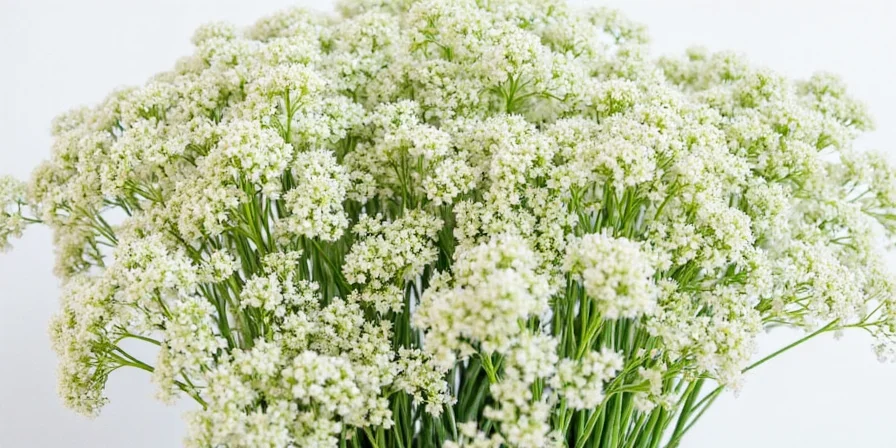
What Are Dill Weed Flowers?
Dill (Anethum graveolens) is most commonly known for its feathery leaves and aromatic seeds. But once the plant reaches maturity, it produces clusters of small, delicate yellow flowers—these are known as dill weed flowers.
Unlike the seeds, which are commonly used in pickling, or the fresh or dried leaves (also called dill weed), these flowers are often overlooked. Yet they pack a punch in terms of both taste and application.
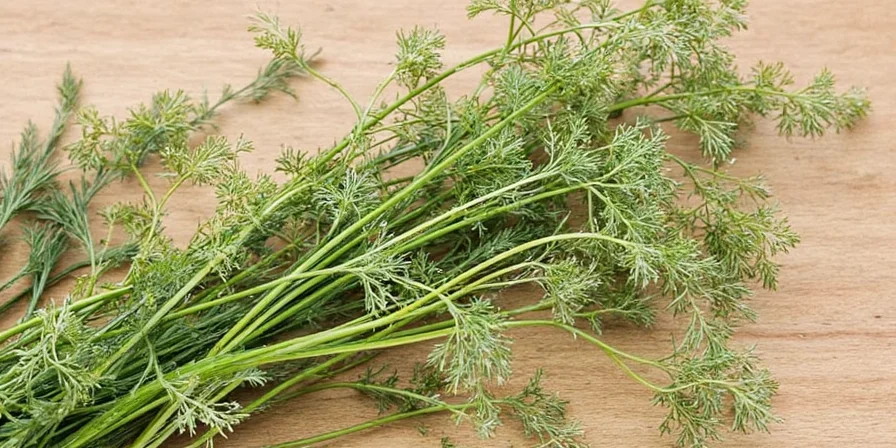
Flavor Profile: What Do They Taste Like?
Dill weed flowers have a more concentrated flavor compared to the leaves. They carry the classic dill notes—bright, grassy, and slightly citrusy—but with an earthier, almost floral undertone. Some even say they have a mild licorice-like sweetness that makes them stand out.
Think of them as the sophisticated older sibling of dill leaves. While the leaves are like a refreshing summer breeze, the flowers bring a deeper, more complex character to the table.
Culinary Uses: From Pickles to Pasta
Here’s where the fun begins. Dill weed flowers are incredibly versatile in the kitchen. Here are some of our favorite uses:
- Pickling Perfection: Add a few blossoms to your next batch of homemade pickles. Their subtle floral edge complements vinegar-based brines beautifully.
- Fish & Seafood: Sprinkle over grilled salmon or mix into tartar sauce for a fresh twist.
- Cheese Pairings: Crush and sprinkle over goat cheese or feta for a gourmet touch.
- Vinegar Infusions: Make dill flower-infused vinegar for salad dressings or marinades.
- Herb Butter: Blend with softened butter and use on grilled vegetables or crusty bread.
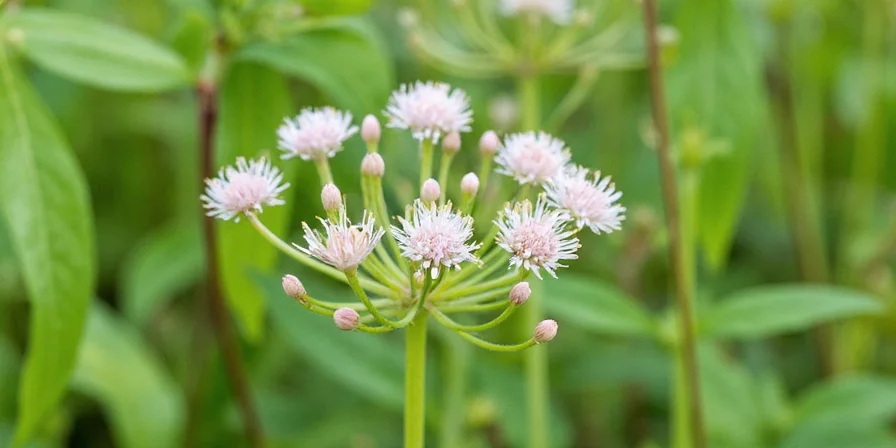
Health Benefits: More Than Just Flavor
Beyond their culinary charm, dill weed flowers also offer a host of health benefits:
- Antioxidant Powerhouse: Rich in flavonoids and polyphenols that help fight oxidative stress.
- Digestive Aid: Known to soothe the stomach and reduce bloating.
- Anti-inflammatory Properties: May help reduce inflammation in the body.
- Calcium & Manganese Boost: Supports bone health and metabolic functions.
So not only do they make your dishes sing, but they might just help you feel better too!
How to Use Dill Weed Flowers in Your Kitchen
Using dill weed flowers couldn’t be easier. Here are a few tips to get you started:
- Add Whole or Chopped: Toss whole flowers into soups or stews, or chop them finely for sauces and dips.
- Use Fresh or Dry: Both fresh and dried versions work well, though drying mellows the flavor slightly.
- Pair with Complementary Flavors: Try combining them with lemon, garlic, yogurt, cucumber, or mustard.
- Don’t Overcook: For maximum flavor, add near the end of cooking or use raw in salads.
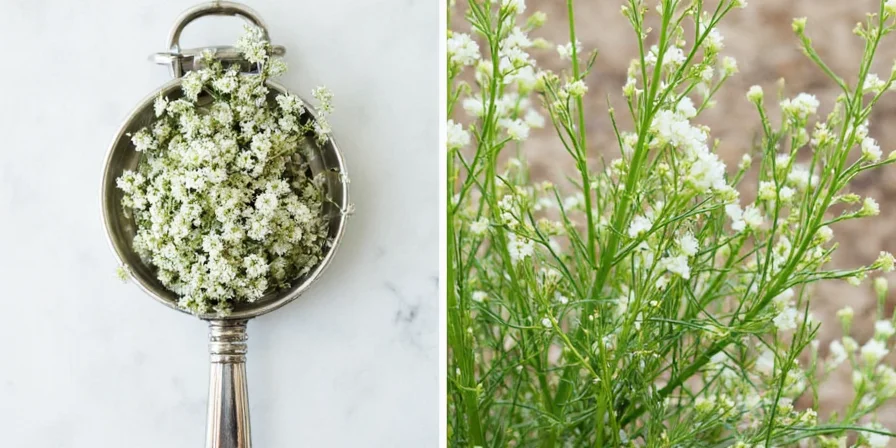
Growing & Harvesting Tips
If you’ve got a garden or even a sunny windowsill, growing dill is simple—and harvesting the flowers is part of the fun!
- Planting: Sow dill seeds directly into soil after the last frost. It grows quickly and thrives in full sun.
- Harvesting: Wait until the plant has fully matured and the flowers are just starting to open. Snip them off with scissors and enjoy!
- Avoid Premature Flowering: If you want more leaves, pinch off early flowers to encourage bushier growth.
- Attract Beneficial Insects: Dill flowers attract pollinators and beneficial insects like ladybugs—great for garden biodiversity!
Storage & Preservation Made Easy
To keep your dill weed flowers fresh or usable for months, try one of these methods:
- Refrigeration: Wrap fresh flowers in a damp paper towel and store in a plastic bag for up to a week.
- Drying: Hang bunches upside down in a cool, dry place or use a dehydrator. Store in an airtight container.
- Freezing: Freeze whole or chopped in ice cube trays with water or oil for easy use in cooking.
- Infused Oils or Vinegars: Soak in oil or vinegar for several weeks to extract flavor and color.
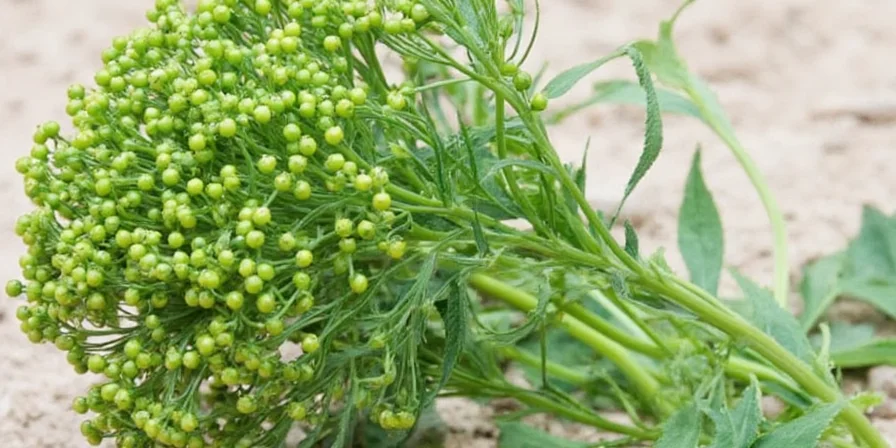
Dill Leaves vs. Dill Weed Flowers: A Side-by-Side Comparison
| Feature | Dill Leaves | Dill Weed Flowers |
|---|---|---|
| Flavor Intensity | Mild, grassy | Stronger, floral, and slightly sweet |
| Best Use | Sauces, salads, fish | Pickling, infusions, garnishes |
| Texture | Feathery, soft | Firm, petal-like |
| Shelf Life | Shorter (unless dried) | Longer when dried properly |
| Nutrient Density | High in vitamins A & C | Higher in antioxidants and minerals |
Conclusion: Unlock the Hidden Potential of Dill Weed Flowers
If you've been ignoring those pretty yellow blossoms on your dill plant, it’s time to give them a second look—or rather, a second bite. Dill weed flowers are a flavorful, nutritious, and surprisingly versatile addition to your spice arsenal.
Whether you're pickling, making herb butter, or simply garnishing a dish, don’t overlook this underappreciated part of the dill plant. With a bit of creativity and experimentation, dill weed flowers can become a secret weapon in your culinary toolkit.
So go ahead, pluck a few blossoms, and let your taste buds thank you later!

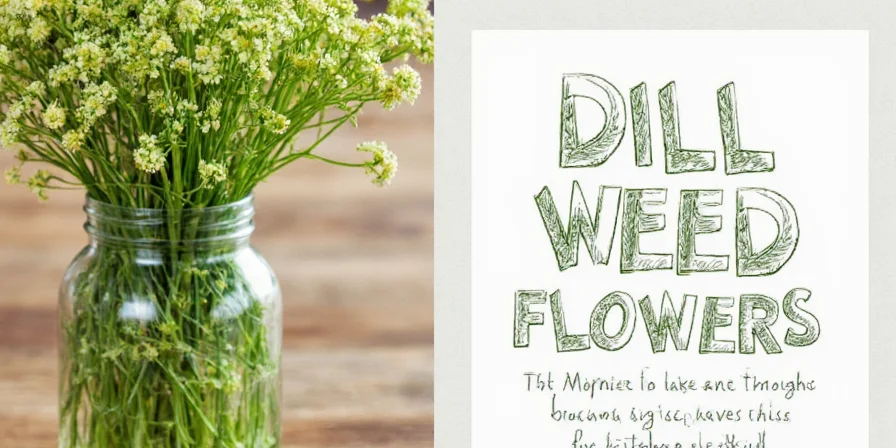









 浙公网安备
33010002000092号
浙公网安备
33010002000092号 浙B2-20120091-4
浙B2-20120091-4